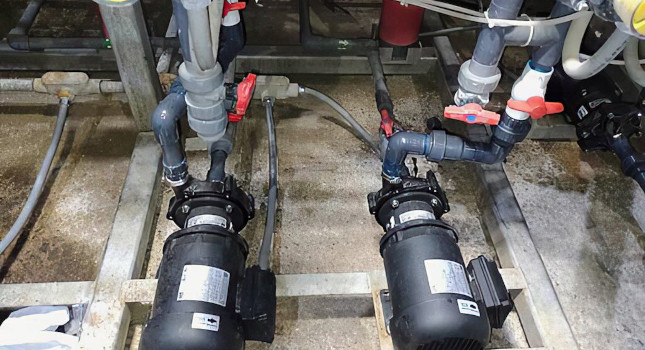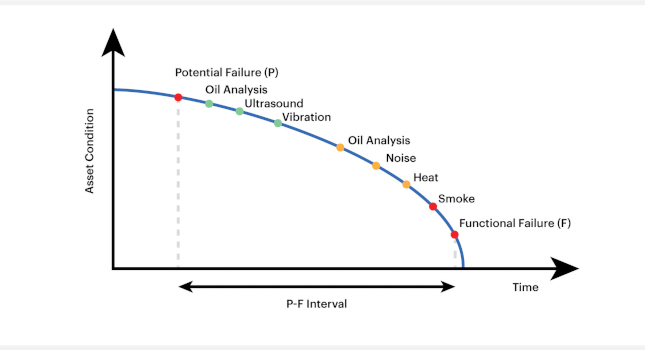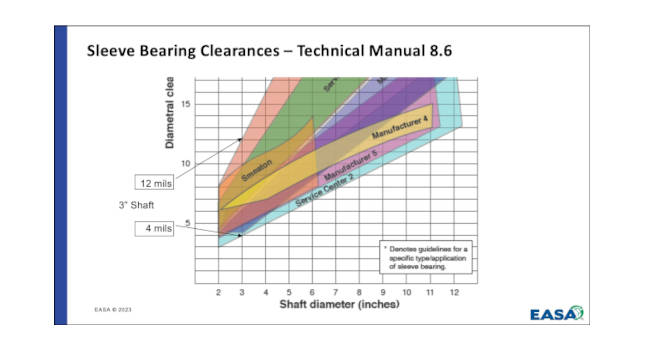Looking into any maintenance technician's tool box or a plant's supply closet likely turns up some type of pipe thread sealant.
Looking into any maintenance technician’s tool box or a plant’s supply closet likely turns up some type of pipe thread sealant. But reaching for the nearest pipe joint sealing material can lead to serious problems, including leaks, pipe system damage, contamination, and plant downtime.
As the name suggest, pipe sealants, also known as pipe joint compounds, seal threaded pipe fittings and block the leak path along the threads.
Types of sealants
There are three basic types of pipe sealants in use today: teflon tape, pipe dope, and anaerobic resin compounds. The experience of the technician and availability of the product dictate which one is used. Each type has properties to recommend its use.
Teflon tape
The purpose of this white, nonsticking tape is to serve as a lubricant when threaded parts of a piping system are being assembled. The inherent slipperiness of the material makes assembly easier.
Strictly speaking, Teflon tape is not a thread sealant (Fig. 1). The tape may have the effect of clogging the thread path, but it does not actually adhere to surfaces as a true sealant should. During installation, the tape must be carefully wrapped in the direction of the threads or it unravels and tears.
Advantages . Teflon tape can be applied quickly with no mess. It supplies sufficient lubrication to enable pipe system components to be easily assembled without damage to threads. The product is easy to carry and store, and has an indefinite shelf life.
Disadvantages . Teflon tape does not adhere to thread flanks, and does not provide a secure seal. Because the tape is thin and fragile, it is prone to tearing when pipes are being assembled and tightened. Bits of torn tape can migrate into a fluid system, clogging valves, screens, and filters. Teflon tape may be dislodged during pipe adjustments, allowing leak paths to form.
Recommended uses . Widely used in plumbing, this material is adequate for assembling standard water pipes and fittings. Teflon tape offers no resistance to vibration and should be avoided in high-pressure systems.
Pipe dope
Pipe dope has been used in industrial applications for decades. The material relies on a solvent carrier and hardens when the solvent evaporates. The resulting seal adheres to all plastic and metal pipes and effectively blocks leak paths.
Because it contains solvents, pipe dope has a tendency to shrink over time as the solvent dissipates. This condition creates the potential for the dope to pull away from the thread walls or crack, allowing leaks to develop. Pipe dope is usually applied to threaded components with a brush or spatula.
Advantages . Pipe dopes are inexpensive and relatively easy to use. Their chemical composition is compatible with all pipe materials, including plastic. Pipe dopes harden quickly and produce a moderate to strong seal.
Disadvantages . Solvent-based pipe dopes can lose their effectiveness as the result of heat aging. When the seal shrinks and cracks, leaks can develop. This possibility is especially true with systems that are subjected to significant vibration. Pipe dopes may lack sufficient resistance to solvents.
Recommended uses. Solvent-based pipe dopes provide an adequate seal in applications where high temperatures and pressures are not expected. Pipe dopes offer minimal resistance against vibration. They are acceptable when the installation of a piping system does not require adjustment of components more than a few minutes after assembly.
Anaerobic resin compounds
Anaerobic resin compounds use a different cure chemistry than solvent-based pipe dopes and do not contain solvents. The cure begins when the sealant is confined within the threads of the metal pipe connection and air is excluded.
Without solvent content, the cured material does not shrink or crack, and maintains its sealing properties even after heat aging. Because of their chemistry, anaerobic resin compounds exhibit excellent temperature and solvent resistance.
Advantages . Anaerobic compounds fill the voids between pipe threads, creating a seal (Fig. 2). The compounds cure slowly, providing additional time to make adjustments to pipe system components without damaging the seal. Once cured, the compounds form a strong seal that resists the effects of temperature, pressure, solvents, and vibration.
While some sealants produce bonds that make disassembly difficult, joints sealed with anaerobic resins can be taken apart with standard hand tools. Many anaerobic thread sealants contain Teflon or similar lubricants which aid assembly and reduce the potential for damage to pipe system components.
Disadvantages. Because of their chemical composition, compatibility of anaerobic resin compounds with plastic pipe and fittings should be verified before use. Although these compounds cure sufficiently for many immediate uses, a 24-hr period should be observed before activating high-pressure systems or allowing significant shock or vibration. Anaerobic resins can be difficult to remove from clothing or gloves.
Recommended uses. This class of sealants provides the strongest, longest-lasting seal presently available. They are recommended for temperatures up to 300 F, pressures up to 10,000 psi, and where vibration will be encountered. These sealants are the choice when installers must make minor adjustments to a piping system.
— Edited by Joseph L. Foszcz, Senior Editor, 847-390-2699, [email protected]
More info
The author is available to answer questions about pipe thread sealing and the application of anaerobic compounds. He may be reached at 860-571-5414.
Key concepts
The application determines the sealant.
Tape does not truly seal; it lubricates.
Dope can harden and become brittle.
Anaerobics must be compatible with piping material.
Pipe sealant selection factors
Pipe material
Temperature
PressureFluid in the pipe
Outside influences, such as vibration



